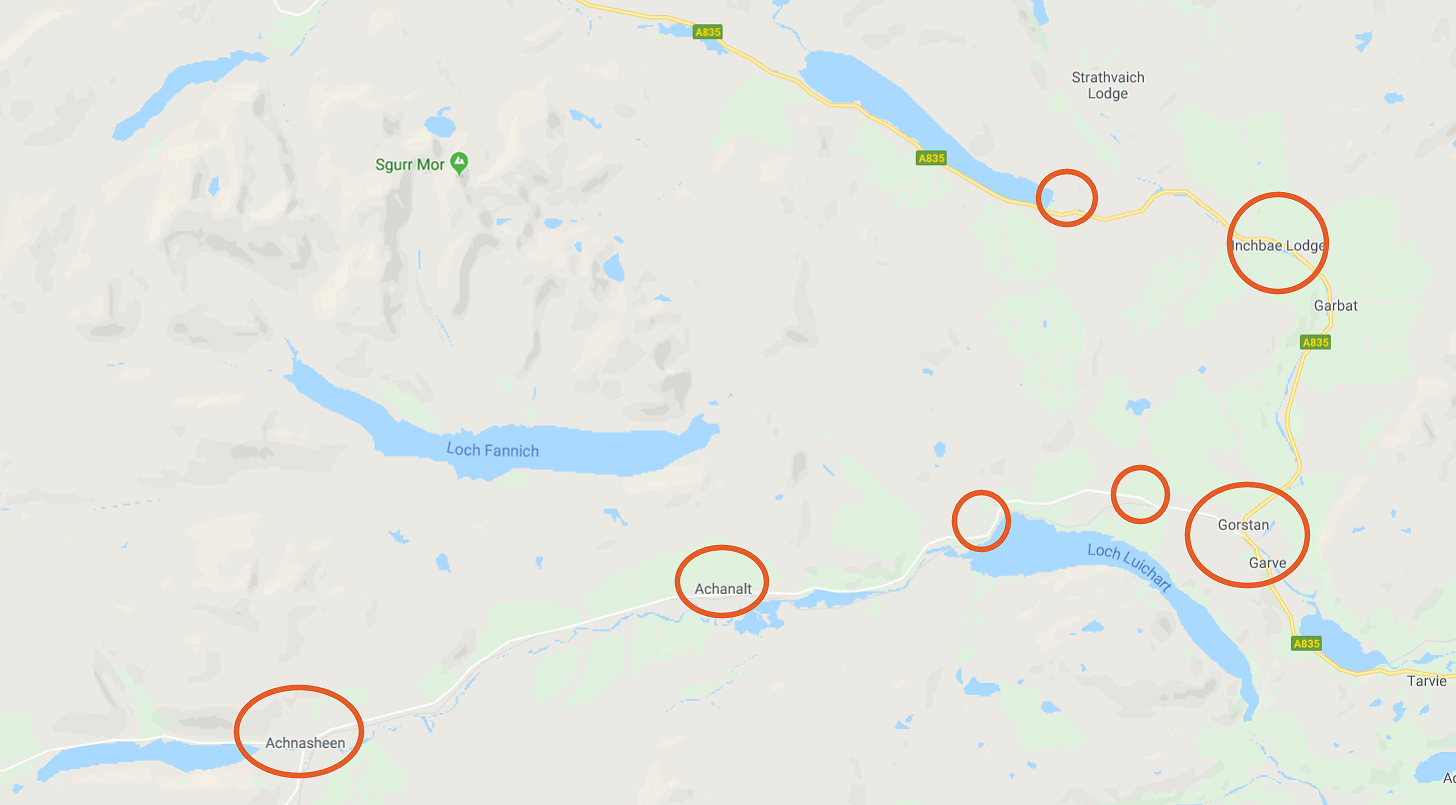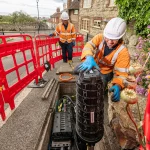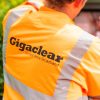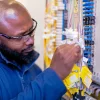Highlands Villages Help Build New 1Gbps FTTP Broadband Network
A mix of community digging, public subsidy and private investment is set to be used to help build Openreach’s (BT) Gigabit capable Fibre-to-the-Premises (FTTP) “ultrafast broadband” ISP network to reach 140 homes, which exist across several of the most remote rural Highlands communities in Ross-shire (Scotland).
The communities, many of which would currently struggle to receive a fixed line broadband speed of much above 0.5Mbps (Megabits per second), are all sparsely scattered across 26 miles of rugged terrain and include Achnasheen, Achanalt, Lochluichart, Corriemoillie, Little Garve, Gorstan, Grudie, Inchbae and Aultguish.
Funding for the work is set to come from a mix of sources including the Lochluichart Community Trust (i.e. an investment of benefits collected via the local wind farm), the UK Government’s Better Broadband Subsidy Scheme (connection vouchers) and the £428m Digital Scotland (DSSB) project with Openreach.
Advertisement
Roughly a third of the deployment (more than 35% of the properties) will also involve one of Openreach’s co-funded Community Fibre Partnerships, with local residents agreeing to organise the digging for the final few metres of cable from the fibre ‘spine’.

The project appears to stem from a year of research by the voluntary Garve and District Broadband (GDB) group, which looked at all the options and eventually pushed for FTTP. The group was previously only able to support a satellite subsidy scheme (since May 2015).
Steve Jones, Community Spokesman, said:
“It’s a tremendously exciting time. Like many residents I’ve only been getting very slow speeds capped at 0.5Mbps, making even the most basic of online activities difficult and frustrating, so looking forward to ultrafast speeds is fantastic.
Fast, reliable broadband will bring huge potential to regenerate our scattered communities. It’s a prerequisite for attracting families and businesses to the area, where the population has fallen in recent years. People now expect good internet as a basic. In essence, it will help us to build a closer and more integrated community.
As the online world continues to grow, the Garve and District community won’t be left behind – in fact, with ultrafast broadband on our doorstep, we’ll be leaping way ahead!”
The new network started to go live this week, with around 90% of premises in Achnasheen already able to order a service (the picture attached to this article shows Openreach’s engineers laying the armoured cable just outside of Achnasheen).
Advertisement
Apparently the aim is to complete the whole deployment by the end of 2018.
Robert Thorburn, Openreach Partnership Director for Scotland, said:
“The challenges facing the Garve and District communities were phenomenal and they’ve worked incredibly hard to develop a unique solution.
With a collaborative, multi-partner approach and a fierce will among the community to dig in and deliver, this is a truly brilliant – and unique – example of what can be achieved.
A huge amount of civil work is under way. We’re making good progress and we’re excited to announce today that the very first residents in Achnasheen can now place their orders with their chosen service provider. We expect to complete work by the end of this year.”
Stuart Robertson, Director of Digital at HIE, said:
“This is an interesting example demonstrating how the expanding fibre network being delivered through the Digital Scotland project in rural areas can be built upon to reach even further. By working together, the Achnasheen community and the Community Fibre Partnership are extending the coverage and benefits of fibre broadband to some of the area’s remotest premises.”
Today’s news follows hot on the heels of the recent announcement that 25,000 additional premises in Scotland’s rural Highlands and Islands (H&I) region will be able to access “superfast broadband” as part of a second round of extended coverage for the region (here), which falls under the existing DSSB project.
As in similar deployments there’s now a rising trend of FTTP in the later phase of such contracts. Meanwhile the Scottish Government has separately pledged £600m to bring “superfast broadband” (30Mbps+) access to all premises by 2021 via their future Reaching 100% (R100) project (here and here), which could also involve some FTTP.
All of this tends to feed into the national Government’s wider aspiration to bring a full fibre network to 100% of UK premises by around 2033 (here), as well as Openreach’s own roll-out to 3 million premises by the end of 2020 and possibly 10 million by c.2025.
Advertisement
Mark is a professional technology writer, IT consultant and computer engineer from Dorset (England), he also founded ISPreview in 1999 and enjoys analysing the latest telecoms and broadband developments. Find me on X (Twitter), Mastodon, Facebook, BlueSky, Threads.net and Linkedin.
« Sckipio Mix Gfast and mmWave Wireless for 800Mbps Broadband
Richard Tang to Step Down as CEO of UK ISP Zen Internet »

















































Comments are closed